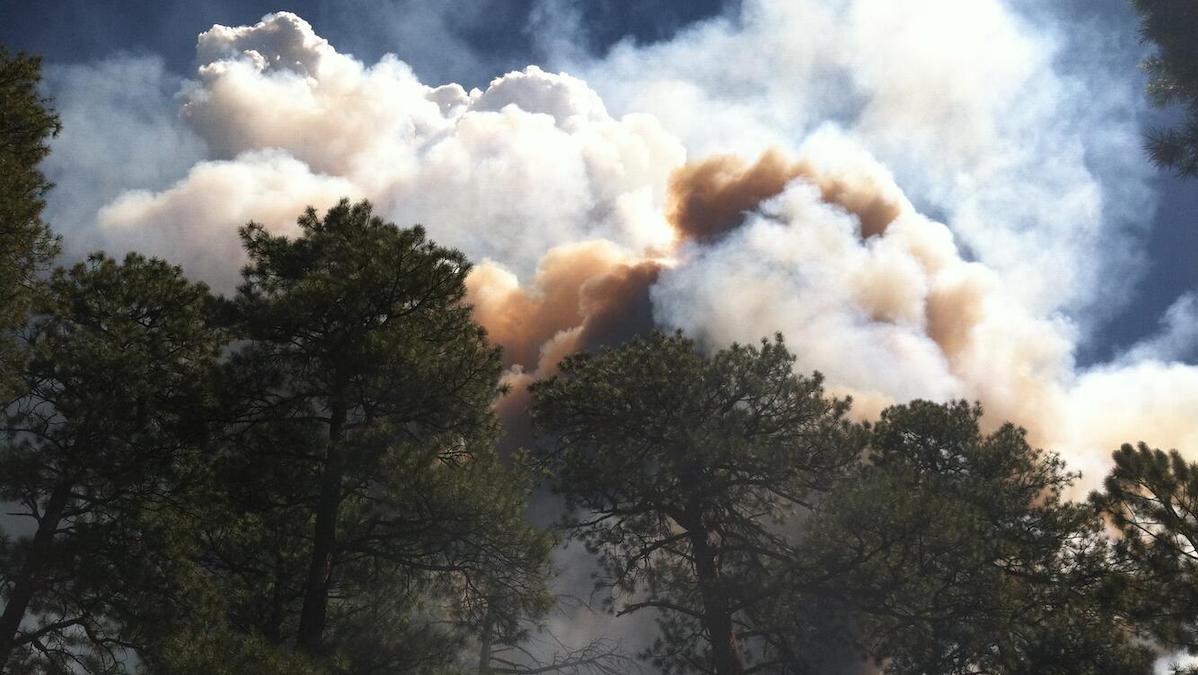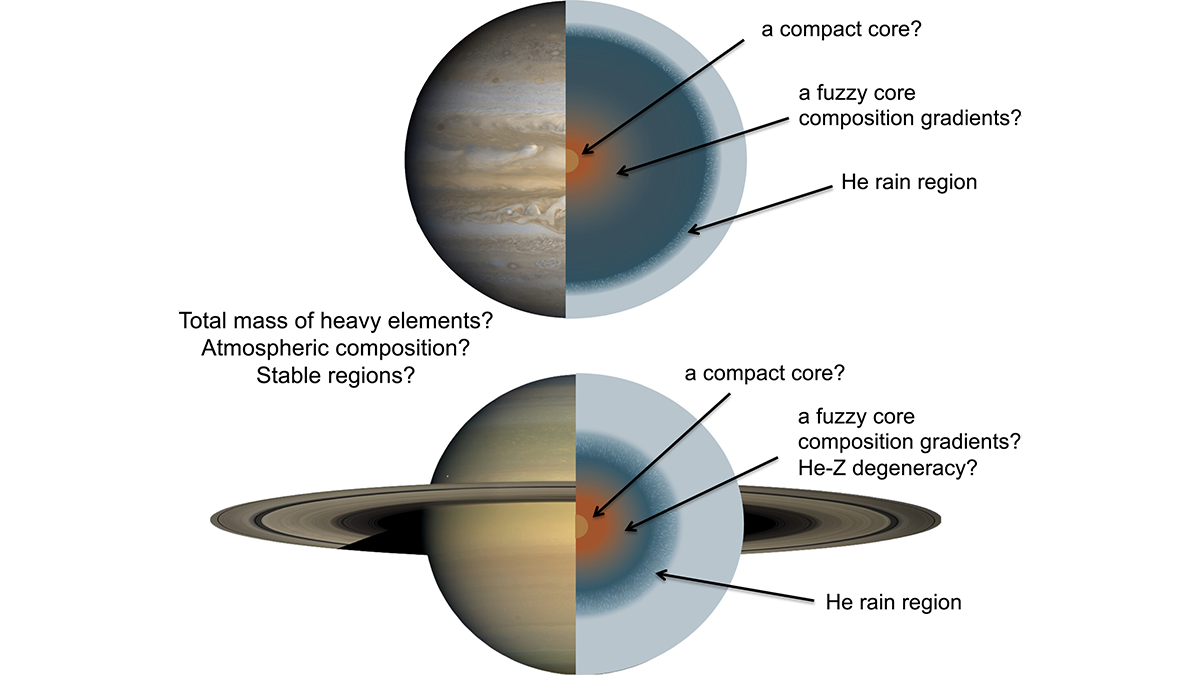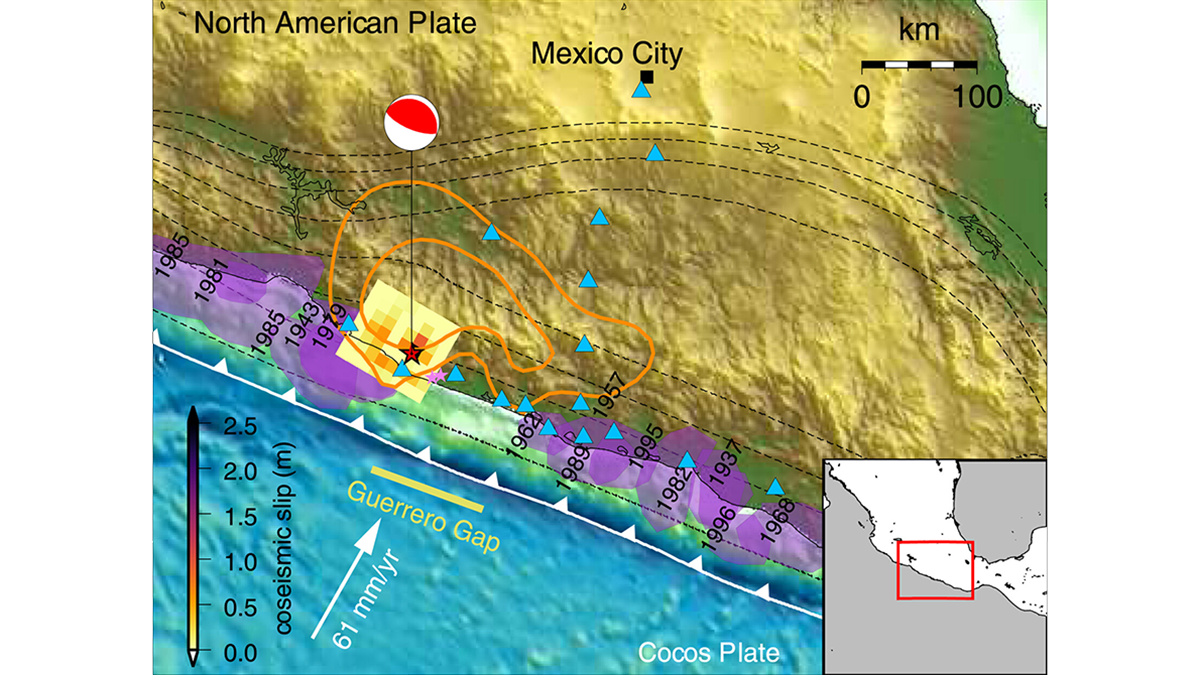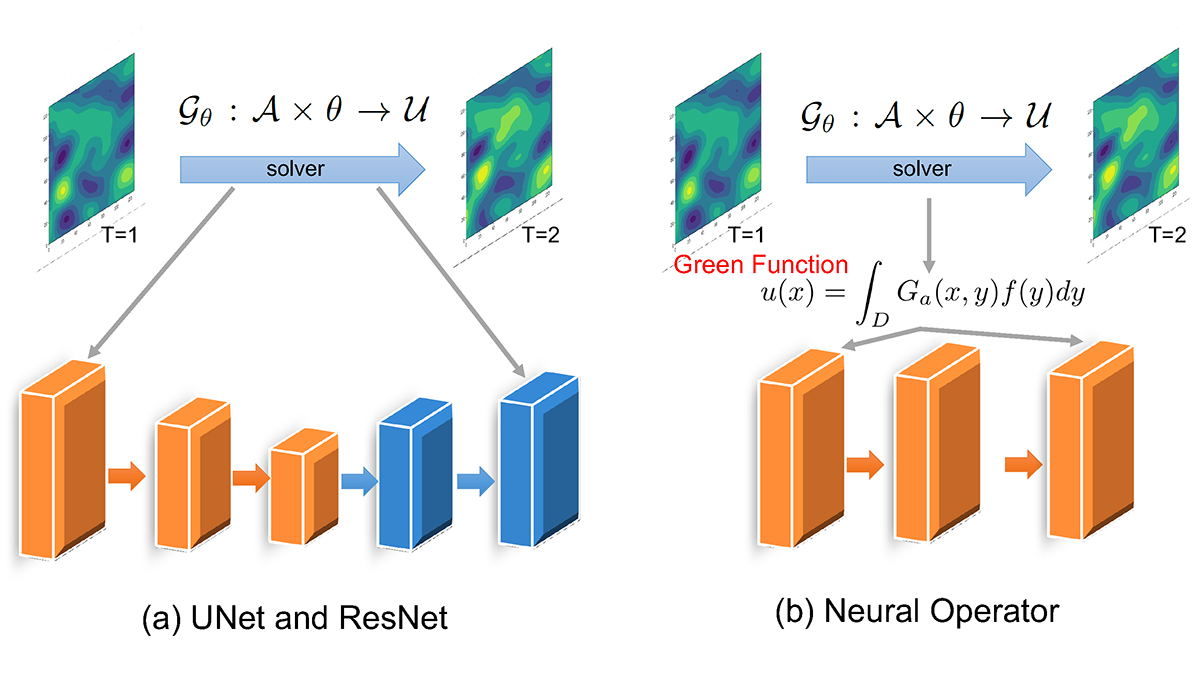A wet spring in the United States will dampen early fires, but some regions will see elevated risk this summer.
Modeling
When It Rains, It Pours!
Water that falls on a forest canopy during rainfall events reaches the ground at focused locations called “pour points”. This insight has a major impact on how we view hydrologic processes on the ground.
Gas Giants with Fuzzy Cores
New measurements of Jupiter and Saturn show that both planets have dense cores that are gradational (fuzzy) and large, rather than small and compact.
When You’re a Wet(land), You’re A Wet(land) All the Way
Wetlands and their methane emissions require careful consideration for incorporation in Earth system models with many advances made over the past 30 years.
Tuning Improves High-Resolution Climate Simulations
Tuning parameterizations of turbulent mixing and of the fall velocity of precipitation and cloud ice alleviates long-standing biases in climate simulations.
Forecasting Earthquake Ruptures from Slow Slip Evolution
A new generation of physics-based models that integrate temporal slip evolution over decades to seconds opens new possibilities for understanding how large subduction zone earthquakes occur.
Scientists Gain a New Tool to Listen for Nuclear Explosions
Mathematics and computer modeling help scientists tell natural earthquakes from nuclear tests.
Machine Learning Accelerates the Simulation of Dynamical Fields
Fourier neural operator solvers accurately emulate particle-resolved direct numerical simulations and significantly reduce the computational time by two orders of magnitude.
Passing Stars Shorten Earth’s Time Horizon
Stars in the solar neighborhood could jostle planetary orbits, making it harder to turn back the clock and examine Earth’s orbital or climate history.










